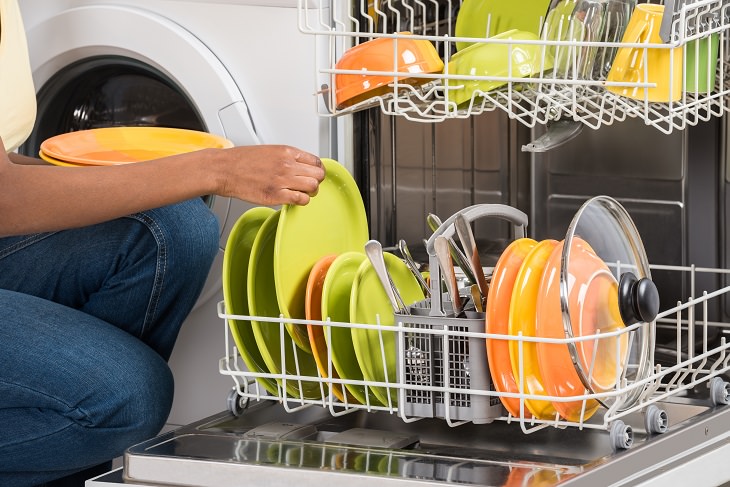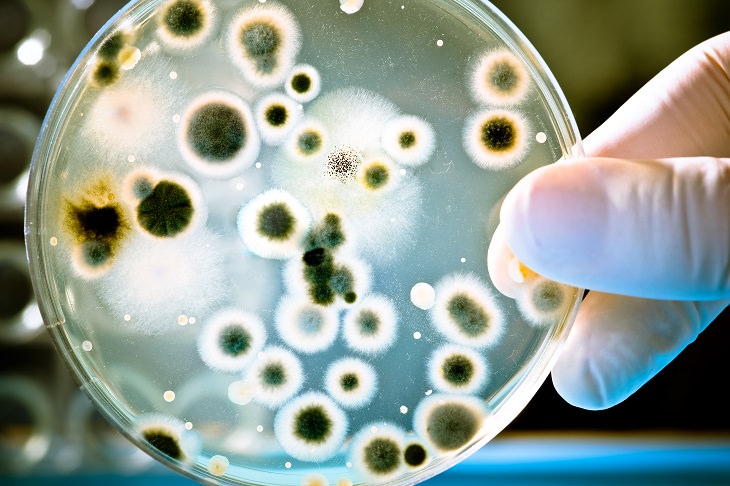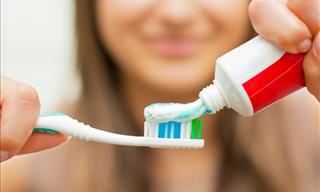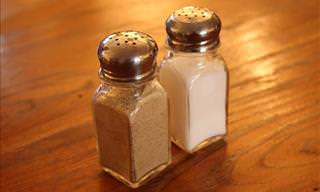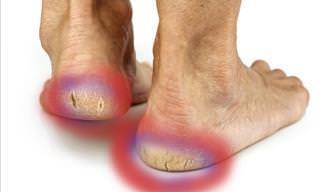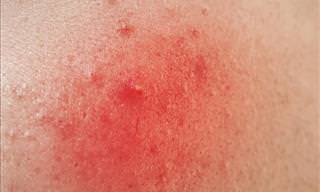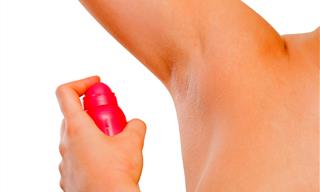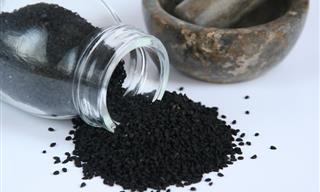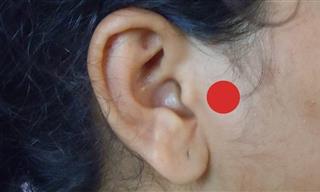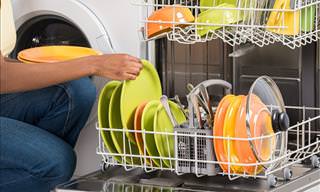Your dishwasher might get those plates spotless, but it’s probably also teeming with bacteria and fungus, a new study has revealed. Microbes, from bacteria to viruses to fungi, are everywhere, including within and on the human body, so it’s really no surprise that a kitchen appliance would be hosting them too.
So, do we need to worry about getting sick from our dishwashers? No, said Erica Hartmann, an assistant professor at Northwestern University who was not involved in the study. In fact, she says that the risk is the same as being attacked by a shark. In other words, most of us face little to no risk, but there are a select group of people who are at a higher risk – people with conditions that weaken their immune systems.
Dishwashers are an interesting case when it comes down to microbes because they’re an extreme habitat. Dishwashers create constantly fluctuating conditions – wet to dry, high heat to cooler temperatures, combined with low to high acidity. Furthermore, they also harbor mixtures of detergents and dinner scraps. As a result, only certain microbes will thrive.
This new study looked at which bacteria and fungi are lurking in dishwashers, and what factors seem to influence a microbial build-up. They took samples from the rubber seals of 24 household dishwashers and they found that the most common bacteria included Pseudomonas, Acinetobacter, and Escherichia. These are normally harmless, but they can cause infections in people with a compromised immune system. The most common types of fungus were Candida, Cryptococcus, and Rhodotorula – which are also normally harmless.
Nina Gunde-Cimerman, a professor of microbiology who worked on the study, says that dishwashers are usually safe for healthy people, but sensitive people need to be a bit more cautious. Gunde-Cimerman and her colleagues suspect that dishwashers might play a role in fungal infections called mycoses in people with weakened immune systems. A fungus commonly found in those patients, she said, is known as Exophiala dermatitidis, or black yeast. This fungus is hard to find in nature, but it’s extremely easy to find in dishwashers. However, she stresses that this is just speculation – no one has proven a link between dishwasher microbes and mycoses infections.
So, how do fungus and bacteria get into the dishwasher? Well, the main entry point for fungi is the tap water that supplies the appliance, but food, pets, and people are other potential sources. As for the bacteria, the source isn’t clear, but it’s believed that contaminated food is the main entry route.
It’s possible for dishwasher microbes to break free from their home: They can escape via wastewater, or through the hot air produced at the end of the dishwasher cycle, Gunde-Cimerman said. Therefore, one way to keep the microbes contained is to avoid opening the dishwasher before it has cooled down. Wiping the rubber seal with a dry cloth at the end of a cycle can also help to limit microbe accumulation.
How to Clean Your Dishwasher
It’s recommended that you use 10% bleach solution to clean around the rim where the seal is. To make it, mix one part bleach with nine parts water. The same solution can be used to clean the bottom and sides of the dishwasher to prevent any build-up of debris. Do this once a week and you’ll be free of any major issues.
House-maintenance expert Bob Vila also recommends that you clean your dishwasher once a month with a three-step process that includes a vinegar wash to get rid of odors and grease. To do so, follow the steps below:
Step 1: Clear the Drain
Remove the bottom dish rack. Inspect the drain, removing any gunk or food that has accumulated there. This will help to improve drainage, increase efficiency, and prevents damage to the dishwasher.
Step 2: Vinegar Wash
Start with an empty dishwasher. Place a cup of white vinegar in a dishwasher-safe container on the upper rack of the machine. Run the dishwasher through a hot-water cycle. This will help to wash away any grime and remove musty odors.
Step 3: Baking Soda Rinse
Sprinkle a cup of baking soda across the bottom of your dishwasher. Run a short, hot water cycle. The dishwasher will now be smelling fresh and have a stain-free interior.
Source: webmdtoday
Images: depositphotos
 Go to BabaMail
Go to BabaMail


